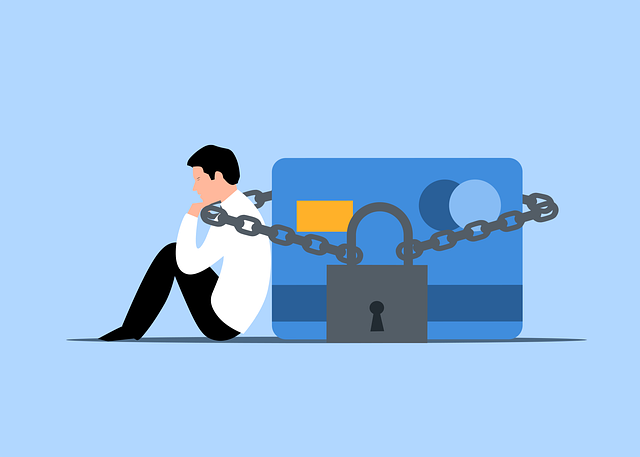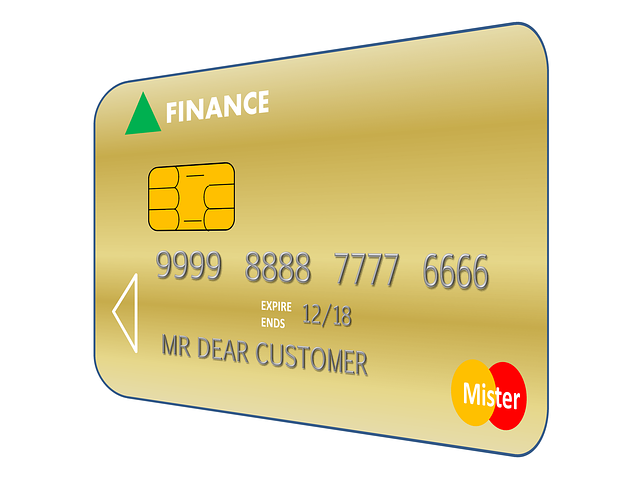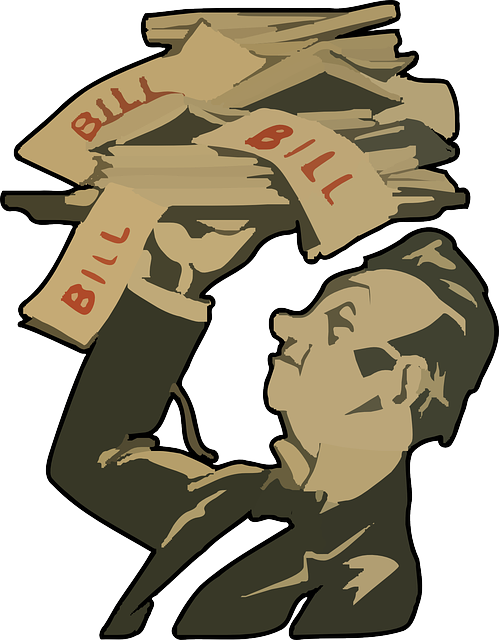In South Africa's dynamic financial landscape, debt consolidation emerges as a powerful strategy for managing high-interest loans. By combining multiple debts into a single lower-interest loan, individuals can simplify repayments, reduce interest costs, and regain control over their finances. This is especially beneficial for those burdened by credit card, personal, or mortgage debts, enabling them to eliminate debt and rebuild financial stability. A strategic approach involves assessing one's financial situation, comparing consolidation options like secured or unsecured personal loans from competitive lenders, and selecting a package tailored to individual needs and goals, whether for debt repayment or even pursuing home ownership.
In the dynamic financial landscape of South Africa, managing debt can be a complex challenge. The consolidation of debt offers a strategic solution for many South Africans seeking financial freedom. This article explores the significance of creating a debt consolidation plan tailored to the unique economic environment of the country. By understanding the process and taking practical steps, individuals can gain control over their finances and pave the way for a brighter future despite the consolidation of debt in South Africa.
- Understanding Debt Consolidation: A Key to Financial Freedom in South Africa
- Practical Steps for Crafting an Effective Debt Consolidation Plan
Understanding Debt Consolidation: A Key to Financial Freedom in South Africa

In the bustling financial landscape of South Africa, many individuals and families navigate a complex web of debts, often feeling trapped by various loan obligations. This is where the consolidation of debt emerges as a powerful strategy to regain control and achieve financial freedom. Simply put, debt consolidation involves combining multiple high-interest debts into a single, more manageable loan with potentially lower interest rates.
By consolidating their debt, South Africans can simplify their repayment process, reduce the overall interest they pay, and free up money in their budget for other essential expenses or savings. This approach is particularly beneficial for those burdened by credit card debt, personal loans, or even multiple mortgage payments. It offers a clear path to debt elimination, enabling individuals to focus on rebuilding their financial stability and securing a brighter future.
Practical Steps for Crafting an Effective Debt Consolidation Plan

Creating a debt consolidation plan is a strategic move for anyone looking to regain financial control in South Africa. Here’s how to craft an effective strategy:
1. Assess your financial situation: Begin by listing all your debts, including the amount owed and interest rates. Categorise them based on type (e.g., credit cards, personal loans) and lender. Calculate your total monthly debt repayment obligations. This step is crucial for understanding the scale of your consolidation needs.
2. Compare consolidation options: Explore different types of consolidation loans available in South Africa, such as secured or unsecured personal loans. Research lenders offering competitive interest rates and flexible terms. Compare the costs associated with each option, including fees and potential savings on interest payments. This comparison will help you make an informed decision to select the best consolidation package tailored to your financial profile and goals (e.g., debt repayment, home ownership).
Creating a debt consolidation plan is a powerful tool for South Africans seeking financial stability. By combining multiple debts into one manageable loan, individuals can simplify their payments and potentially reduce overall interest costs. This strategic approach enables better control over finances, making it easier to stay on track and achieve long-term financial goals. With the right consolidation strategy in place, you can take significant steps towards debt freedom and a brighter financial future in South Africa.







